Rootsi-Kallavere village
A totally different world opens up behind the Maardu bus station. Once visiting Maardu and then proceeding to Rootsi-Kallavere, President Lennart Meri said that there seemed to be a battle line. Proud ancient village houses stand facing the approaching high-rise blocks. Currently, history has won.
The village stood here already in 1219, when Danish priests arrived to baptise people and count them for the „Liber Census Daniae” (Danish Census Book). The latter was completed in 1241 and contains detailed facts about villages in the northern parts of Estonia; the local (then called Lillevere) village is mentioned there for the first time as well. Kallavere manor was here in the 14th century; later a village for Swedes was established in the same place. The name Rootsi-Kallavere is mentioned in 1522.
According to a Swedish-language map of 1693, the village had 9 farms. Terrible years of hunger and war followed, which few people survived. By the end of the Great Northern War (1700–1721), about 80% of the population in the Harju County had died of plague. One burial place for the plague victims was discovered in the lands of Kella farm, and a memorial cross was put up there for those who died in 1710.
People were first able to buy their own farmhouses in northern Estonia towards the end of the 19th century, a few decades later than in central Estonia.
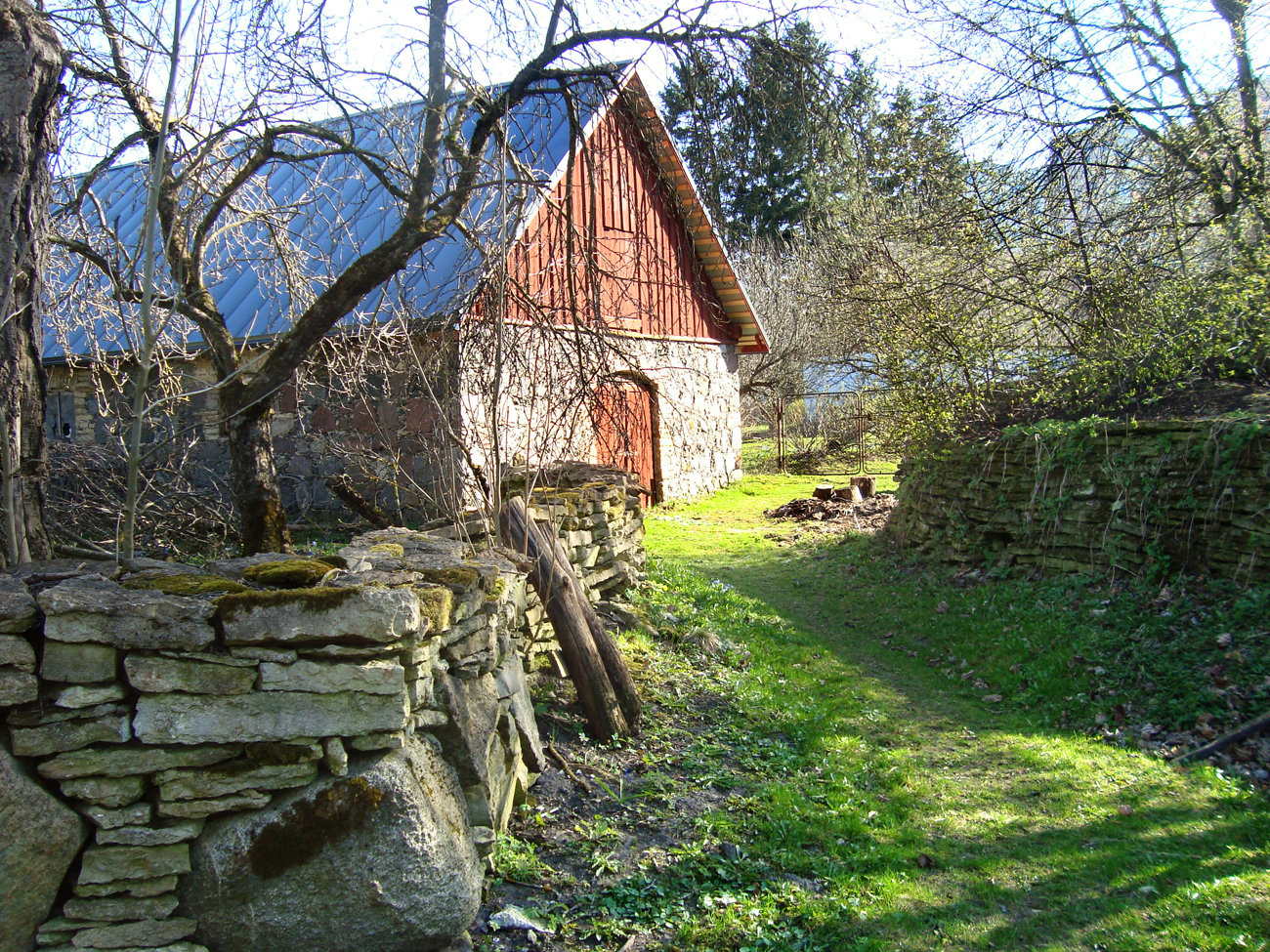
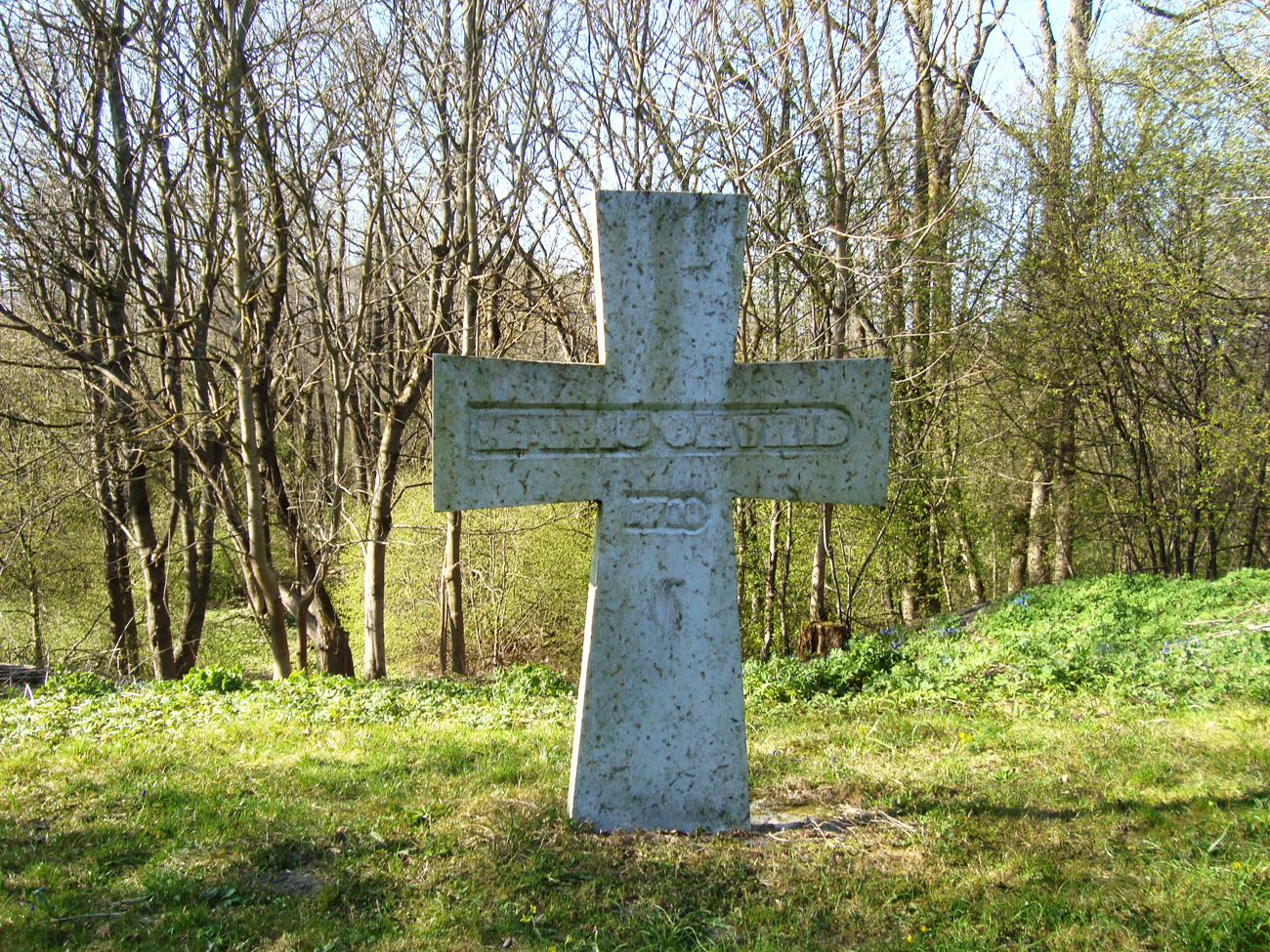
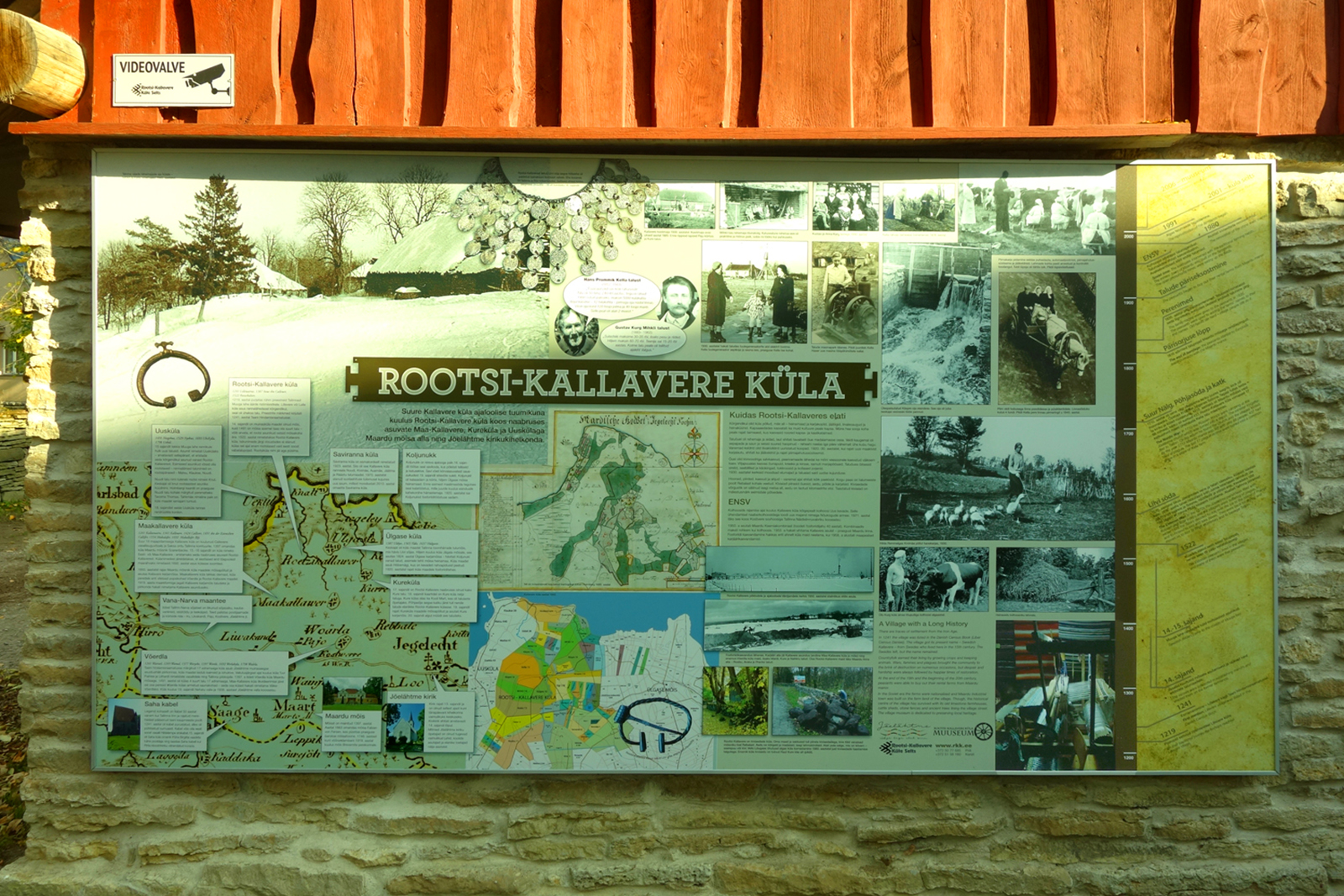
Walking today between the nicely tidied farmhouses, where the limestone fences include natural stones bearing the name of the farm and the year when it was established, history seems like a fairy-tale. The village has survived centuries, it has seen better and worse times, and is still standing, alive and functioning. People in this village have created two museums. The regional museum in the renovated stables of Käspre farm was opened in 2006 and displays items used here for centuries; the boat museum where the Mihkli farm stables once stood, opened in 2014. Here, visitors can admire fishing boats of the Kivimäe farm that survived the Soviet occupation.
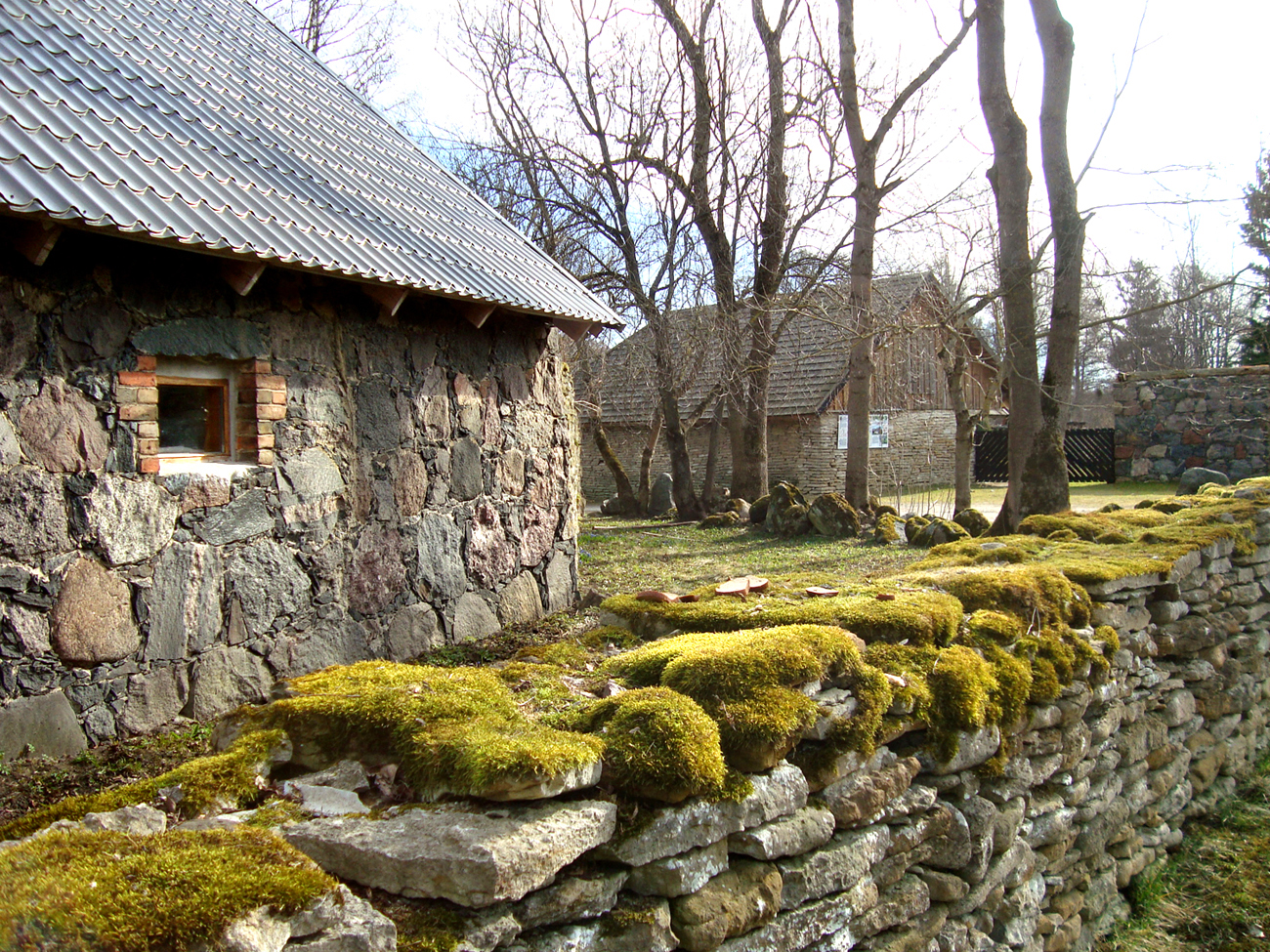
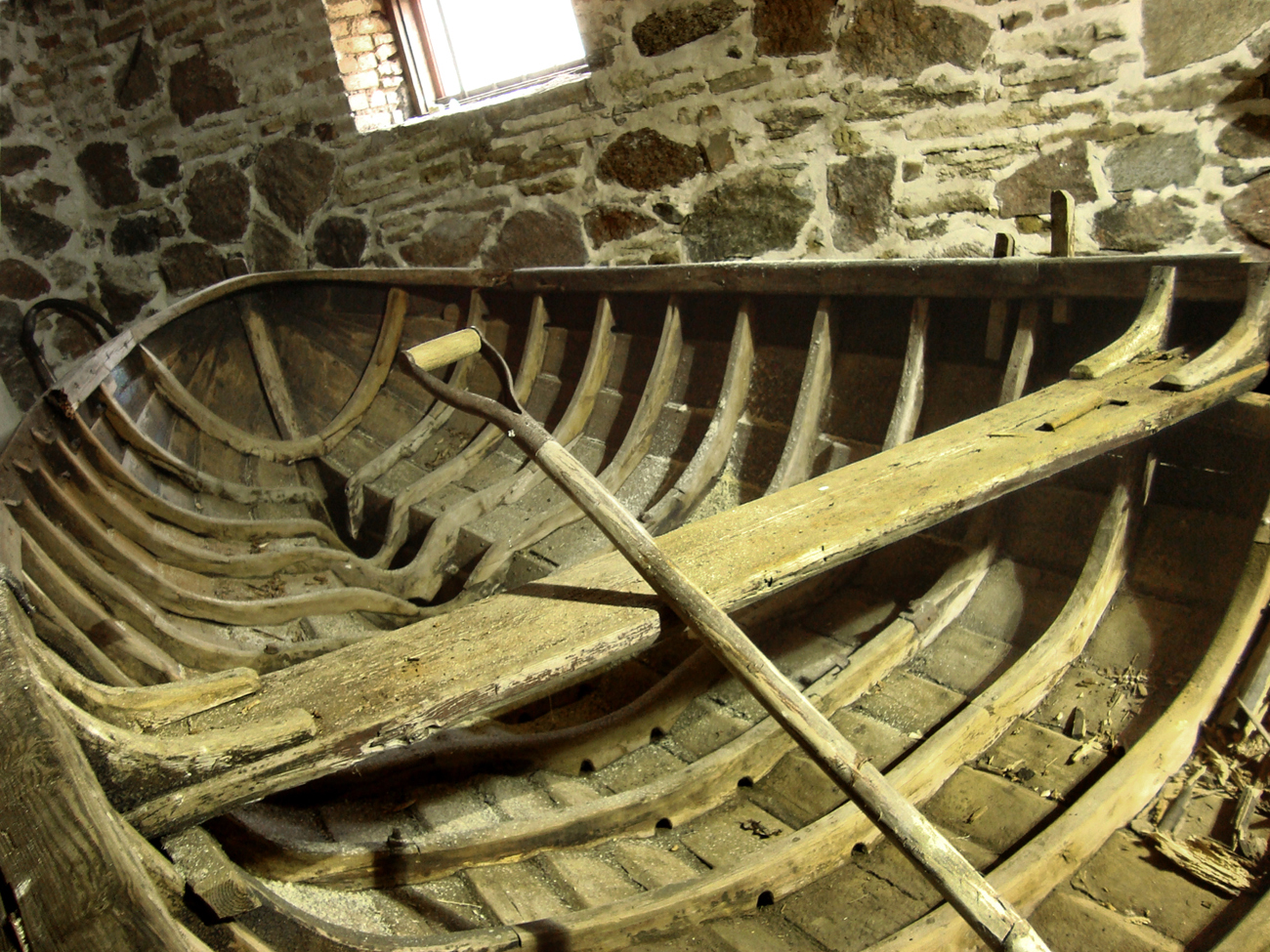
Today’s Rootsi-Kallavere village no longer produces anything. During the Soviet era, most fields were taken over by the town of Maardu, the phosphorite quarry and the seaside summer cottages. The village is a wonderful place to live, as things are now different and Maardu offers medical care, shops and schools nearby.
The past embellishes memories. It adds special value to life when you are settled in a place where your roots are.
Since 1998, the Rootsi-Kallavere lands belong to the Rebala heritage protection area.
Lagle Parek, 2015
Sources
https://rkk.ee/kula/ajalugu/
https://rkk.ee/raamatud/kallavere-lillevere-pasies/
https://evm.ee/uploads/files/EVM%20toimetised/EVM_toim-1-art8-Tamj%c3%a4rv.pdf
